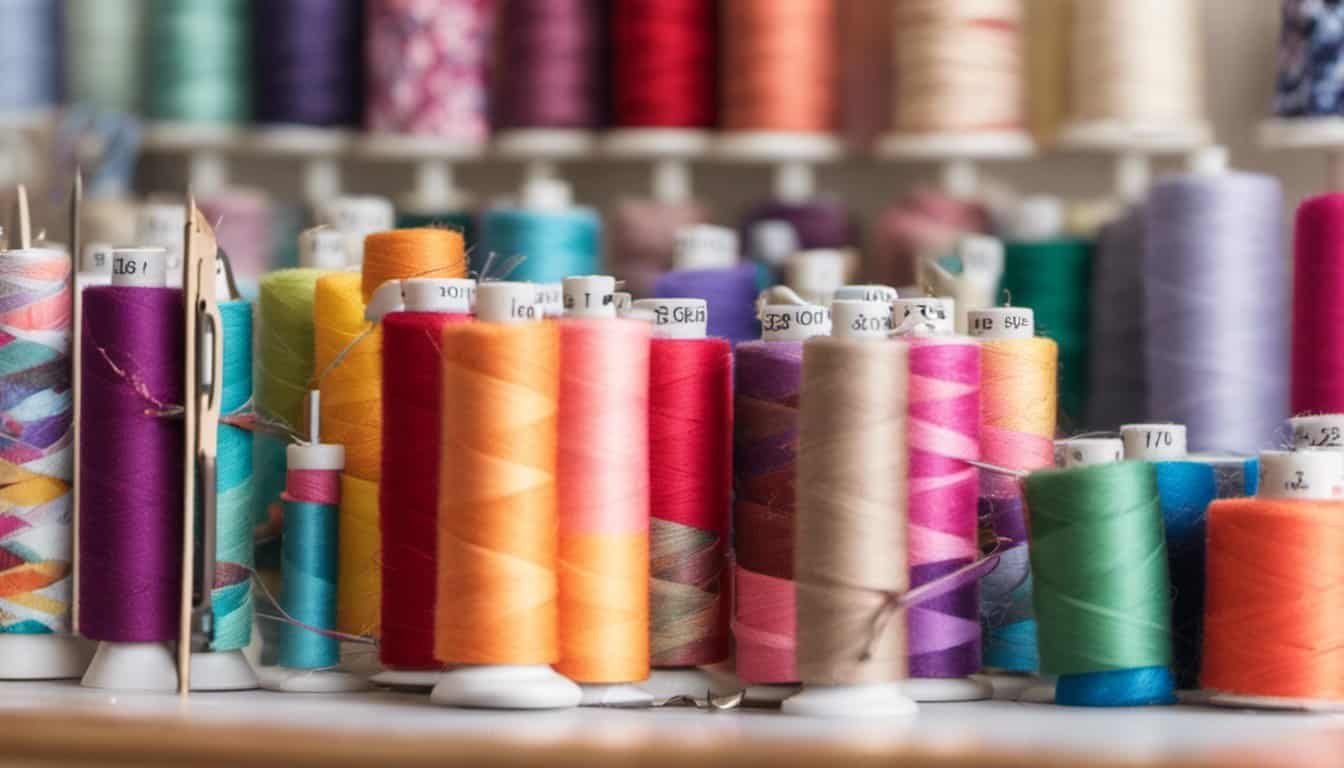If you’ve ever run your fingers over moleskin, you know it’s a delightfully soft and cozy fabric that begs to be sewn into something special. I’ve fallen in love with its unique texture and versatility, making it a fantastic choice for everything from jackets to accessories. Whether you’re a seasoned sewist or just starting out, moleskin can add a touch of luxury to your projects.
Overview of Moleskin Fabric
Moleskin fabric offers a unique combination of softness and durability, making it a popular choice for various sewing projects. Its cozy texture and versatility enhance both everyday garments and luxury items.
Characteristics of Moleskin
- Softness: Moleskin features a plush surface that feels gentle against the skin.
- Durability: Resistant to wear and tear, moleskin withstands frequent use without losing its appeal.
- Weight: This fabric typically has a medium to heavy weight, providing warmth without being overly bulky.
- Breathability: Despite its thickness, moleskin maintains breathability, allowing for comfortable wear in different climates.
- Ease of Sewing: Moleskin feeds smoothly through sewing machines, simplifying the stitching process.
Benefits of Using Moleskin
- Versatility: Moleskin suits a variety of projects, from jackets and pants to bags and accessories.
- Warmth: Ideal for colder weather, moleskin offers excellent insulation, keeping the wearer cozy.
- Textural Appeal: The soft texture adds a touch of luxury to garments, elevating everyday outfits.
- Stain Resistance: Moleskin often resists stains better than many other fabrics, making it suitable for active wear.
- Innovative Adaptations: Available in different blends and finishes, moleskin can adapt to both casual and formal styles.
Preparing to Sew with Moleskin
Getting ready to sew with moleskin involves gathering the right tools and understanding essential techniques. This preparation ensures a smooth and successful sewing experience.
Tools and Materials Needed
- Moleskin Fabric: Choose high-quality moleskin for durability and softness.
- Sewing Machine: A machine with a strong motor works well for medium to heavy-weight fabrics.
- Needles: Use a universal or heavy-duty needle, size 90/14, for smooth sewing.
- Thread: Match the color and use polyester thread for added strength.
- Scissors: Invest in a sharp pair for clean cuts.
- Rotary Cutter and Mat: Great for straight, clean edges when cutting fabric.
- Pins or Clips: Use fabric clips to avoid damaging the fabric.
- Iron: A pressing cloth prevents shine on the moleskin while ironing.
Pre-Washing and Cutting Techniques
Pre-washing moleskin, though optional, eliminates any potential shrinking and removes finish chemicals. To do this, wash it on a gentle cycle in cold water and tumble dry on low heat.
For cutting, follow these steps:
- Lay Out the Fabric: Smooth the fabric to avoid wrinkles.
- Use a Rotary Cutter: This gives clean edges and accuracy.
- Cut with the Nap: Cut in the same direction as the nap to maintain a uniform appearance.
- Avoid Stretching: Handle the fabric gently to prevent distortions during cutting.
With the right tools and careful preparation, the sewing experience with moleskin becomes enjoyable and rewarding.
Sewing Techniques for Moleskin
Sewing with moleskin requires specific techniques to achieve the best results. Understanding stitch types and handling methods enhances the sewing experience.
Stitch Types and Settings
Choosing the right stitch type is crucial for sewing moleskin. I often use straight stitches for seams, as they provide a strong hold. A zigzag stitch works well for embellishment or when finishing edges to prevent fraying.
For settings, I recommend adjusting the stitch length between 2.5 to 3.0 mm to accommodate moleskin’s medium to heavy weight. A needle with a larger eye helps prevent fabric snagging. Always test stitches on a scrap piece to ensure the settings provide the desired outcome.
Tips for Handling and Pinning
Handling moleskin requires care to avoid distortion. I use fabric clips instead of pins to secure layers, as they create less pressure on the fabric. When pinning is necessary, I place pins perpendicular to the stitching line to minimize damage to the fibers.
Cutting moleskin needs attention to maintain its integrity. I like to cut with a rotary cutter for clean edges, ensuring the blade is sharp for the best results. Ironing should be done carefully using a pressing cloth to avoid direct heat, preserving the fabric’s soft texture.
Projects to Try with Moleskin
Exploring moleskin opens a world of fun sewing projects. Its softness and durability make it perfect for both apparel and home décor.
Apparel Ideas
- Jackets: Moleskin jackets combine style and comfort, perfect for cooler seasons. I often add lining for extra warmth.
- Pants: Trousers or skirts made with moleskin offer a chic look while providing coziness.
- Vests: Moleskin vests work well as layers, enhancing my fall and winter outfits.
- Accessories: Create bags, hats, or scarves. The fabric’s unique texture elevates any accessory.
Home Décor Projects
- Cushions: Moleskin cushions add luxury to any living space. They’re soft and inviting for lounging.
- Throws: A moleskin throw is perfect for chilly evenings on the couch. The warmth is unmatched.
- Wall Art: I love using small pieces of moleskin for fabric wall hangings. It adds a cozy touch to my home.
- Table Runners: Sew a stunning table runner; the texture brings a rich look to any dining setting.
Experimenting with moleskin in various projects showcases its versatility throughout my wardrobe and home.
Conclusion
Sewing with moleskin has truly been a delightful journey for me. Its soft texture and versatility open up a world of creative possibilities. Whether you’re crafting a stylish jacket or a cozy throw, moleskin adds a touch of luxury to any project.

I hope you feel inspired to explore this fabulous fabric. With the right tools and techniques, you’ll find that sewing with moleskin can be both enjoyable and rewarding. So go ahead and dive into your next sewing adventure with moleskin. You won’t be disappointed!

















